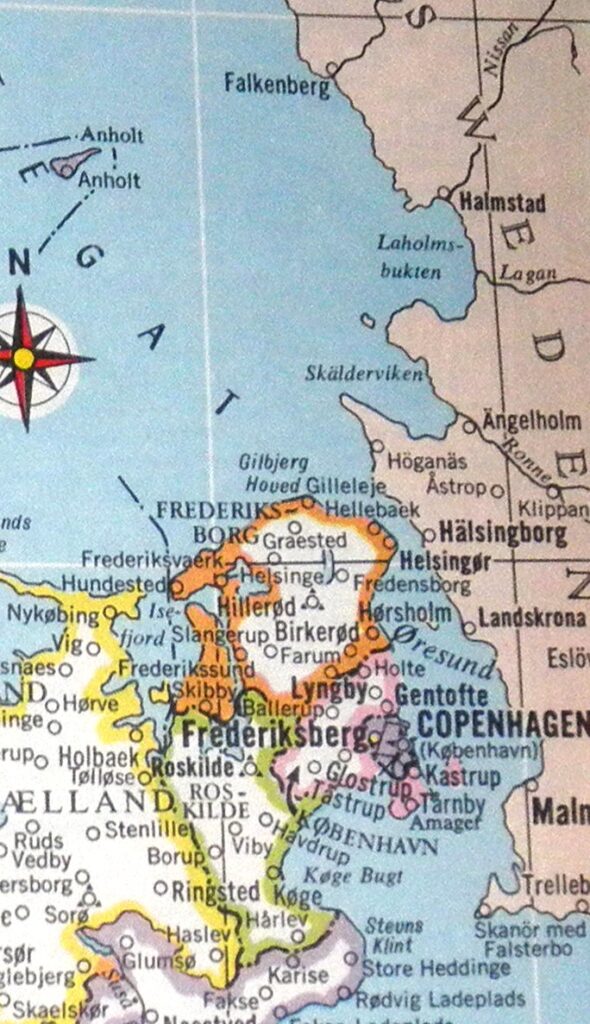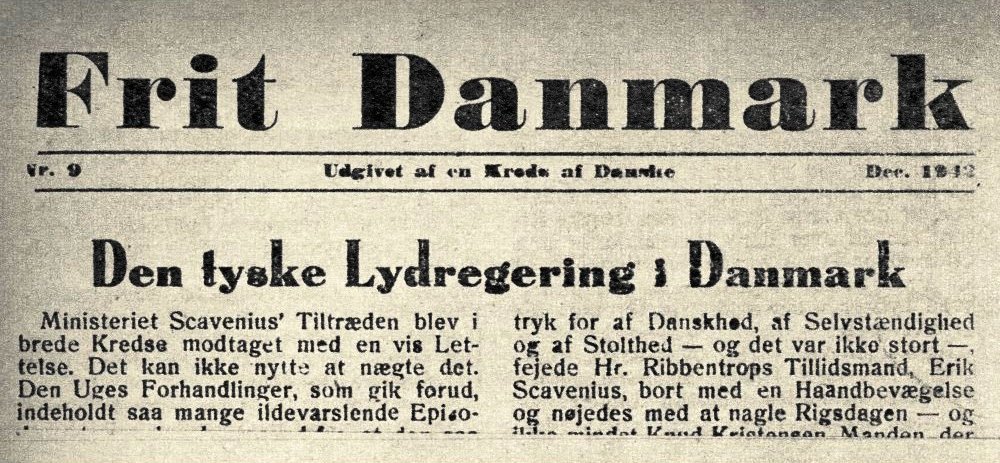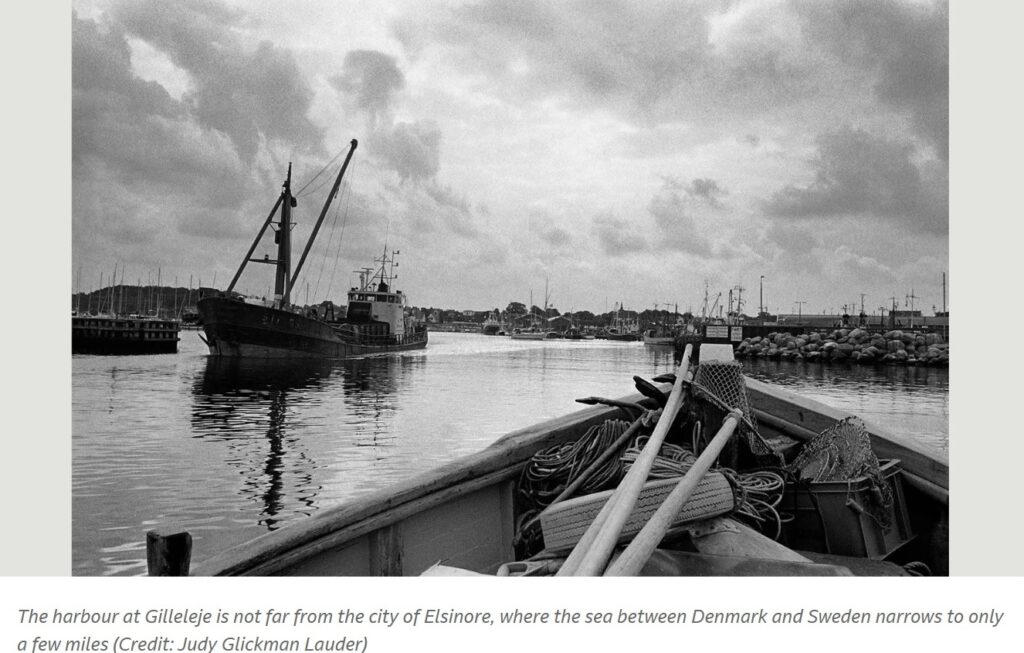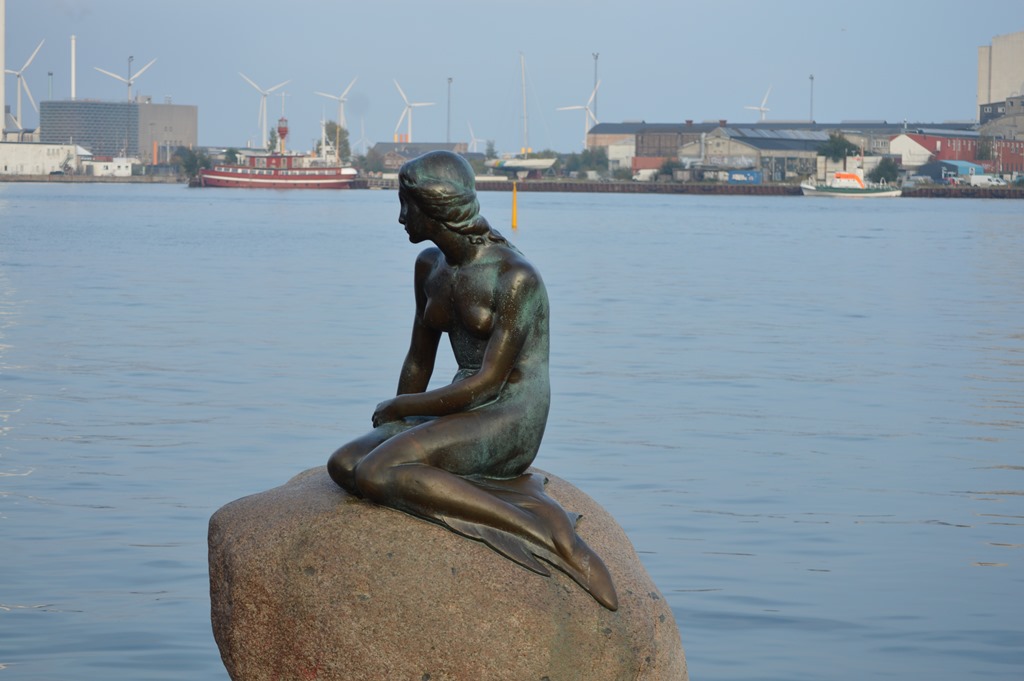When the Germans march into Denmark, Baron Henrik Ahlefeldt exchanges his nobility for anonymity, assuming a new identity so he can secretly row messages for the Danish Resistance across the waters to Sweden. American physicist Dr. Else Jensen refuses to leave Copenhagen and abandon her research—her life’s dream—and makes the dangerous decision to print resistance newspapers.
As Else hears rumors of the movement’s legendary Havmand—the merman—she also becomes intrigued by the mysterious and silent shipyard worker living in the same boardinghouse. Henrik makes every effort to conceal his noble upbringing, but he is torn between the façade he must maintain and the woman he is beginning to fall in love with.
When the Occupation cracks down on the Danes, these two passionate people will discover if there is more power in speech . . . or in silence. [back cover copy]

In April 1940, everyone in Denmark had a decision to make. Within 2 hours of the Germans marching in, they defeated Denmark. Under surrender terms, they allowed Parliament and King Christian to remain in place and the Danish government “asked the people to behave, obey the law, and treat the Germans correctly.”
The 2 main characters, Baron Henrik Ahlefeldt and Dr. Else Jensen, look closely at what is important to each of them and choose opposite paths: Henrik must disappear from Denmark, and Else stays to continue her research. Yet each faces challenges that spring ceaselessly from their work. As time passes, pressure increases and their undercover activities become more difficult to keep secret. As a romance blossoms, the consequences of each decision multiplies.

Sundin peppers the story with fascinating historical details as she weaves an ever-tightening net of intrigue. A net both Henrik and Else could have avoided if they’d left Denmark before the German occupation. Indeed, both still could leave.
Their choices to remain and work in Occupied Denmark are clear and understandable. But the costs of the increasing sacrifices they’re called on to make become much higher, become more agonizing—and more risky. The cast of secondary characters is rich and well-drawn.


I enjoy learning new things from a good story, and this one abounds in interesting new information about Denmark and The Danish Resistance. And I love being immersed in a good story. THE SOUND OF LIGHT drew me in immediately and kept me turning pages. The main characters evoked caring.
As the German net tightens, the readers will be surprised at Sundin’s completely believable plot twists. Even the title holds intrigue. I thought perhaps it referred to some fact from a physicist’s work about light also carrying sound. But another surprise awaited me as to what The Sound of Light referenced. I highly recommend this book to readers who like inspirational historical fiction.

